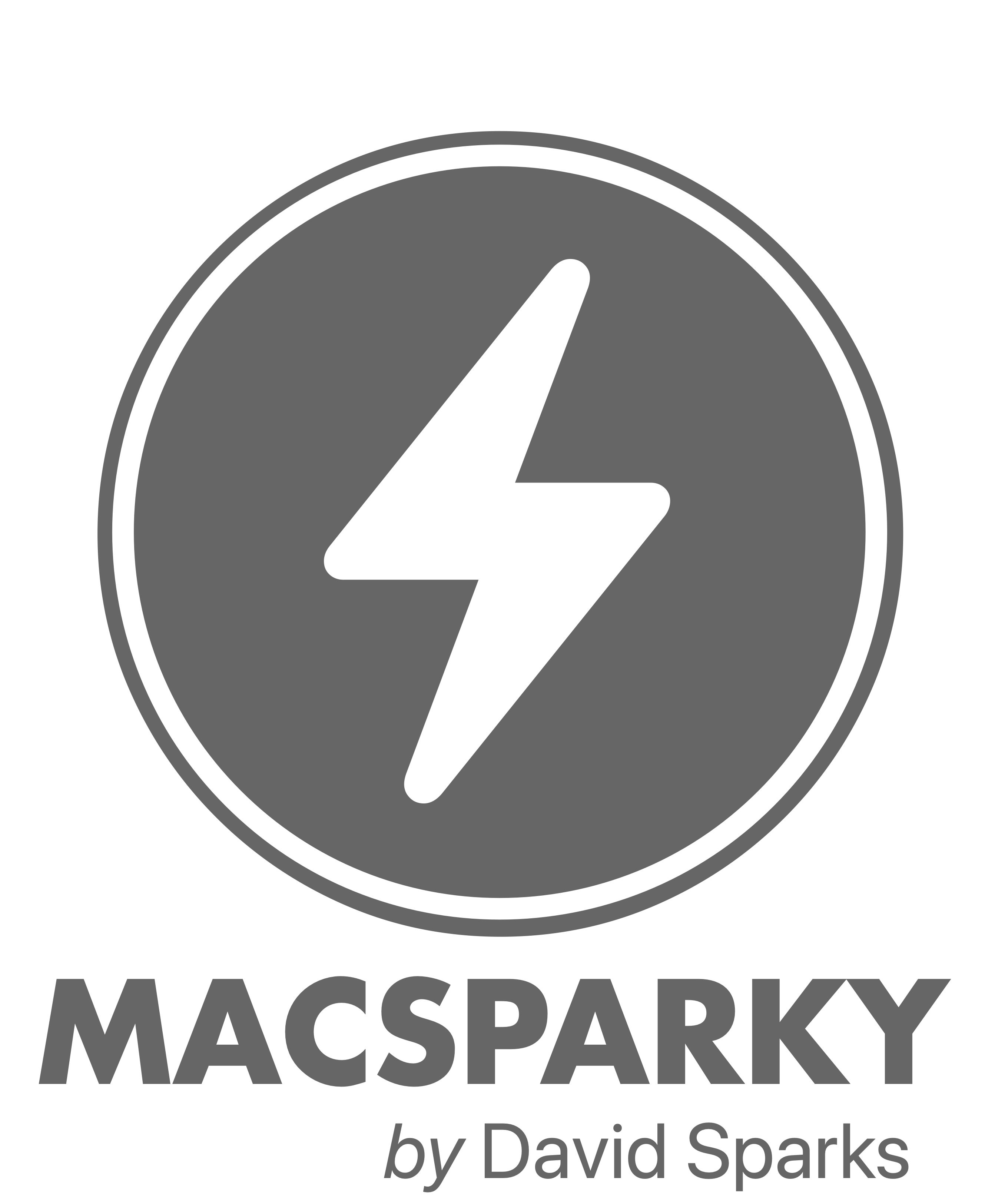
I have to admit I’m pretty plugged in when it comes to Mac applications. That is why it is always fun to discover a gem I’ve never heard of. That happened recently with an application from Zengobi software, called Curio.

Curio really doesn’t fit into any easy categories. I guess you could call it a project organization and data collection tool. I’ve come to think of it as a playground for my brain. It has several modules including outlines, notes, mind maps, “to do” lists, PDF annotation, images, and embedded web pages. I’ve used a lot of data collection applications and this one is truly unique. In a lot of ways it reminds me of a wall in my apartment I used in college. I’d tape on notecards, pictures, and ideas. It was very liberating being able to move things around and make new connections. Using Curio, I can now do this on my Mac. You can add and layout pages with whatever modules fit your needs. For instance on one project I have a page with a mind map, another page has a chronological outline, and a third page has images of relevant web pages. You really are limited only by your imagination.

My biggest problem with Curio was getting my arms around it. Everytime I thought I had it figured out, I’d push another button and find another useful tool. You can even add voice annotations and draw with a pen tablet. One of the most recent updates ties Curio to your Evernote database. Now I can see my entire Evernote library from inside Curio and drag Evernote assets straight into my Curio projects. This makes both applications much more useful.
Curio gives you the ability to combine nearly unlimited capture with nearly unlimited format. Put simply, you can throw just about anything at it and organize it according to your own personal wiring. It is definitely the most flexible data organization tool in my bag of tricks.

While Curio has a lot of tools, it does not match the functionality of exclusive use applications. For instance, OmniOutliner is a more powerful outliner than Curio’s. Likewise, the mind map function isn’t as robust as an exclusive mind mapper. I still use my more powerful single use tools for big jobs. However, the Curio tools are usually enough.

Curio comes in two flavors, a standard edition for $99 and a professional version for $149. The pro version includes a additional tools including a status shelf, pre-built templates, a presentation mode, a dossier feature that helps you start new projects, and encryption. For students, there is a $69 academic license. You can download a free trial from the Zengobi.com. This one that is definitely worth checking out.

You can listen to the above review on the Mac ReviewCast #202.
Continue reading





 In between dealing with the onslaught of life, I’ve been reading Niel Stephensen’s “Anathem.” It is an excellent book, but I’ve not had much time lately for fiction. So the first time I loaded Anathem on my iPhone it started right where I left off on the Kindle. Amazon’s Whispersync service works with the iPhone application. So I read the book off my phone for 20 minutes. The experience was not bad. You turn pages by flipping sideways which makes much more sense than scrolling up and down. This way you always pick up where you left off and this comports with an entire lifetime of turning pages in books. I then ran over to my Kindle. Sure enough, Kindle figured out what I’d read on the iPhone and sent me straight to the page I left off on the iPhone. Delicious.
In between dealing with the onslaught of life, I’ve been reading Niel Stephensen’s “Anathem.” It is an excellent book, but I’ve not had much time lately for fiction. So the first time I loaded Anathem on my iPhone it started right where I left off on the Kindle. Amazon’s Whispersync service works with the iPhone application. So I read the book off my phone for 20 minutes. The experience was not bad. You turn pages by flipping sideways which makes much more sense than scrolling up and down. This way you always pick up where you left off and this comports with an entire lifetime of turning pages in books. I then ran over to my Kindle. Sure enough, Kindle figured out what I’d read on the iPhone and sent me straight to the page I left off on the iPhone. Delicious.






